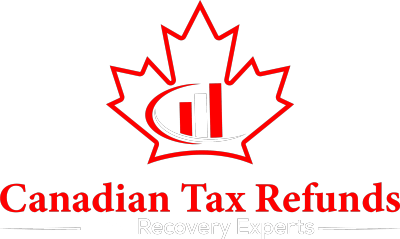Taxes are a necessary part of life and without them, we would not be able to fulfill our responsibility to contribute financially to our respective governments. In Canada, there are taxes that are required to be paid on a yearly basis by all citizens. There are two different types of taxes, which are federal and provincial, and taxes are paid on three levels, which are personal, corporate and extra-territorial. This blog will be about how to calculate taxes, including federal and provincial ones.
What is tax and how does it work?
The Canadian Tax Calculator is a handy way for Canadians to calculate their taxes. It is a tool that calculates the total amount of tax owed before any deductions. You can use it to calculate tax on a particular day of the year, or on a specific type of income and the number of days in the year. The calculator is broken down into two sections: the first section is for the total amount of tax owed, while the second section is for the tax and deductions. The calculator has been designed to make calculating taxes easier. You can use it to calculate the tax on a specific day, or the tax on an income that you are getting paid every day.

How is tax calculated?
The CRA (Canada Revenue Agency) requires that all Canadians recalculate the amount they owe on their tax returns if they receive a tax refund. To figure out how much you owe, you’ll need to calculate your net income and your taxable income. Net income is your gross income minus any expenses you can deduct, such as your RRSP contributions, child care expenses, and charitable donations. You can find this information on your T4 slips. Your taxable income is the income you receive from all sources that you are taxed on. For example, you might get a T4 slip that says your income was $100,000, but if you have expenses, you might have a taxable income of only $80,000.
How do I calculate my tax refund?
Calculating your refund is easy. In order to calculate your tax refund, you have to have a copy of your T4 or T4A slip. If you don’t, you can request one from your employer or use the CRA’s online service to get a copy of your T4A. Using the CRA’s online service is easy. You will need to enter your social insurance number and current address, then you should get a copy of your tax return. If you received more than one T4 or T4A, you will need to calculate the tax on each one individually. To calculate your tax on a T4, you will need to add up your “taxable income” and “taxable benefits” and subtract your “taxable expenses” from your “taxable income.” To calculate your tax on a T4A, you will need to subtract your “taxable income” from your “taxable benefits.”
When should I file my taxes?
If you are working for an employer in Canada, you should file your taxes by the due date. The due date for this year is May 2, 2022. If you owe taxes, you have to file your taxes on or before the due date in order to not be subject to interest fees. If you file your taxes on time, you will receive your refund, usually, by the end of the month.
Who should I consult with?
When you are filing your taxes, it is always a good idea to consult with a tax professional. They will be able to help you calculate how much you will get back in tax refunds and how much you will owe to the government. You might consult with your accountant, or you may find a tax refund calculator online. However, the first step is to determine who you should consult with. If you are able to find out what the percentage that the government is taking out of your income and you know how much you will be earning, you can ask your tax professional which calculator to use.
Conclusion
We hope you enjoyed our blog about how to calculate taxes. Taxes are a difficult concept to conceptualize and calculating them can be truly daunting. We are here to say that you don’t have to be intimidated by tax time – it can become somewhat easy to calculate your taxes if you know what you’re doing! If you are still stuck, there are ways to get help from organizations like the Canada Revenue Agency. Please do not hesitate to contact us anytime if you have any further questions or concerns by visiting Canadian Tax Refunds. Thank you for reading!
